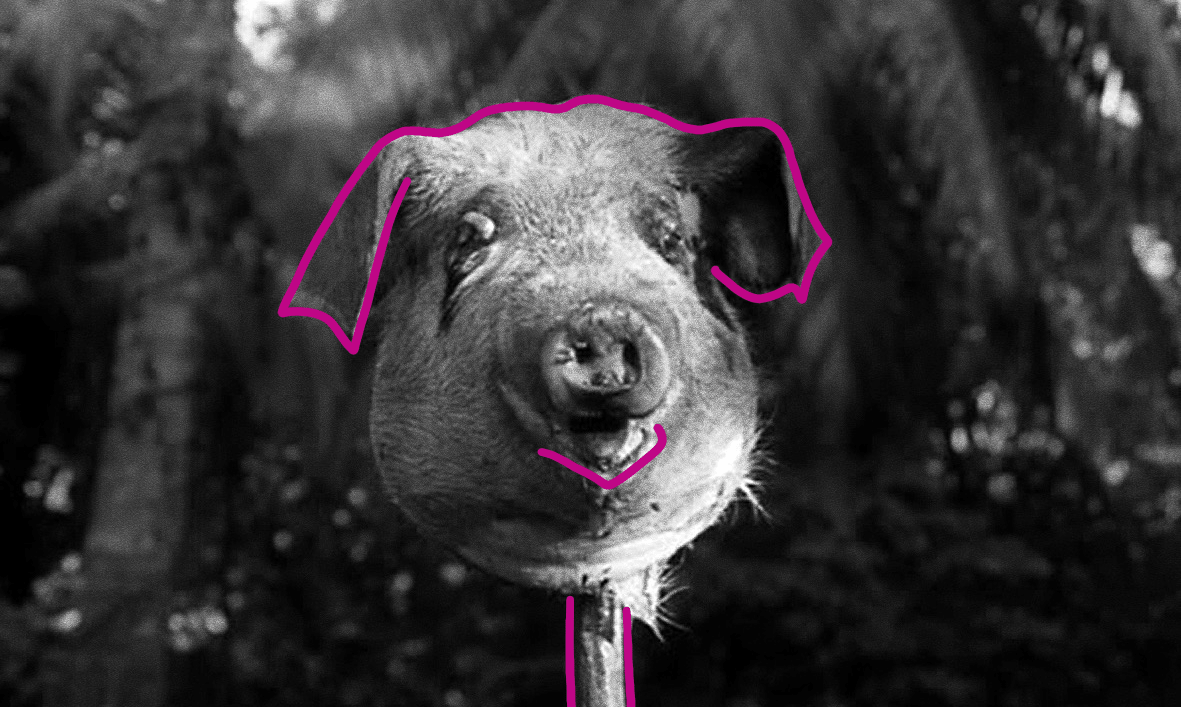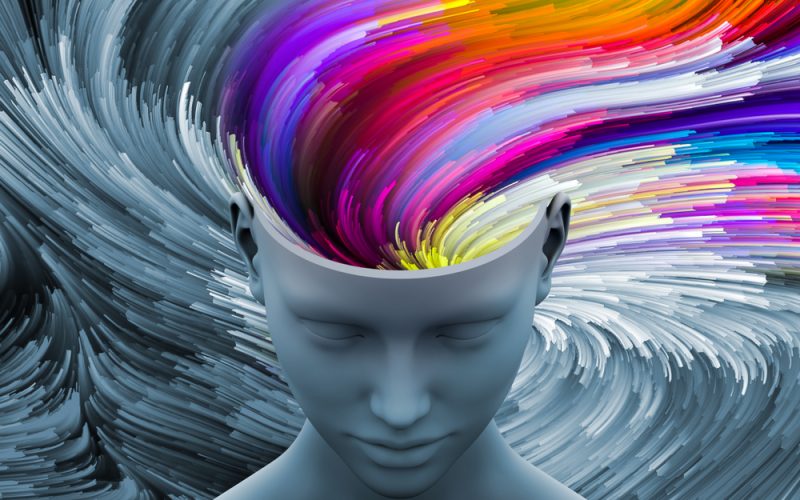Pareeshe Fatima
Lord of the Flies is a novel by William Golding that explores human nature’s dark side and the savagery beneath civilization. The story follows a group of British schoolboys who are stranded on a deserted island after their plane is shot down during a war. The boys try to create a society based on rules and order, but they soon descend into chaos and violence as they struggle for power and survival.
The main characters are Ralph, the elected leader of the group, who tries to maintain the signal fire and organize the shelters; Piggy, Ralph’s loyal friend, who is intelligent and rational but also weak and unpopular; Jack, the leader of the hunters, who becomes obsessed with killing pigs and challenges Ralph’s authority; Simon, a shy and sensitive boy, who has a mystical connection with nature and discovers the truth about the beast; and Roger, Jack’s sadistic lieutenant, who enjoys hurting others.
Please, subscribe to the republicpolicy.com
The main conflict is between Ralph and Jack, who represent the opposing forces of civilization and savagery. Ralph wants to keep the fire going, build shelters, and follow the rules, while Jack wants to hunt, have fun, and ignore the conch. The conch is a shell that Ralph uses to call meetings and establish order. It symbolizes democracy and civilization on the island.
The boys also face a fear of a mysterious beast that roams the island. They initially think it is a snake-like creature, but later, they imagine it as a dead parachutist, a sow’s head, and a naval officer. The beast represents the evil and violence that lurks within each boy’s heart.
The climax of the novel occurs when Simon, who has been hallucinating due to his epilepsy, stumbles upon the sow’s head that Jack’s tribe has left as an offering to the beast. The head speaks to Simon as the Lord of the Flies, telling him that there is no escape from the beast because it is inside every boy. Simon runs to tell the others what he has learned, but they mistake him for the beast and kill him in a frenzy.
The falling action follows as Ralph’s group is hunted down by Jack’s tribe, who have become savages. They kill Piggy by rolling a boulder onto him and breaking the conch and his glasses. They also set fire to the island, hoping to smoke out Ralph. The resolution comes when Ralph is chased to the beach, where he encounters a naval officer who has seen the smoke from the fire. The officer rescues the boys from the island, but he also scolds them for their barbaric behaviour. The boys break down in tears, realizing what they have done and what they have lost.
The moral of the novel Lord of the Flies is complex, as different readers may interpret it differently. The novel’s moral is that human beings naturally tend to descend into savagery and violence when they are isolated from civilization and its rules. This is shown by how the boys gradually lose their innocence, order, and rationality as they live on the island. They become more cruel, chaotic, and irrational as they follow Jack’s leadership. The novel suggests that civilization is a thin veneer that the primal instincts of human nature can easily strip away.
The moral of the novel is that human beings need a balance between the impulses of civilization and savagery, reason and emotion, order and freedom. This is shown by how Ralph represents the civilized side of humanity while Jack represents the savage side. Neither of them is able to create a stable and harmonious society on the island, as Ralph fails to inspire and motivate the boys, while Jack oppresses and terrorizes them. The novel suggests that both aspects of human nature are necessary and valuable, but they must be kept in check by each other.
Please, subscribe to the monthly magazines of republicpolicy.com
The moral of the novel is that human beings have an inherent evil within them that can be unleashed by fear, power, and peer pressure. This is shown by how the boys create a mythical beast out of their own fears and imaginations and how they use it as an excuse to justify their violence and cruelty. The novel suggests that the beast is not a real creature but a symbol of the darkness that lurks in every human heart.















